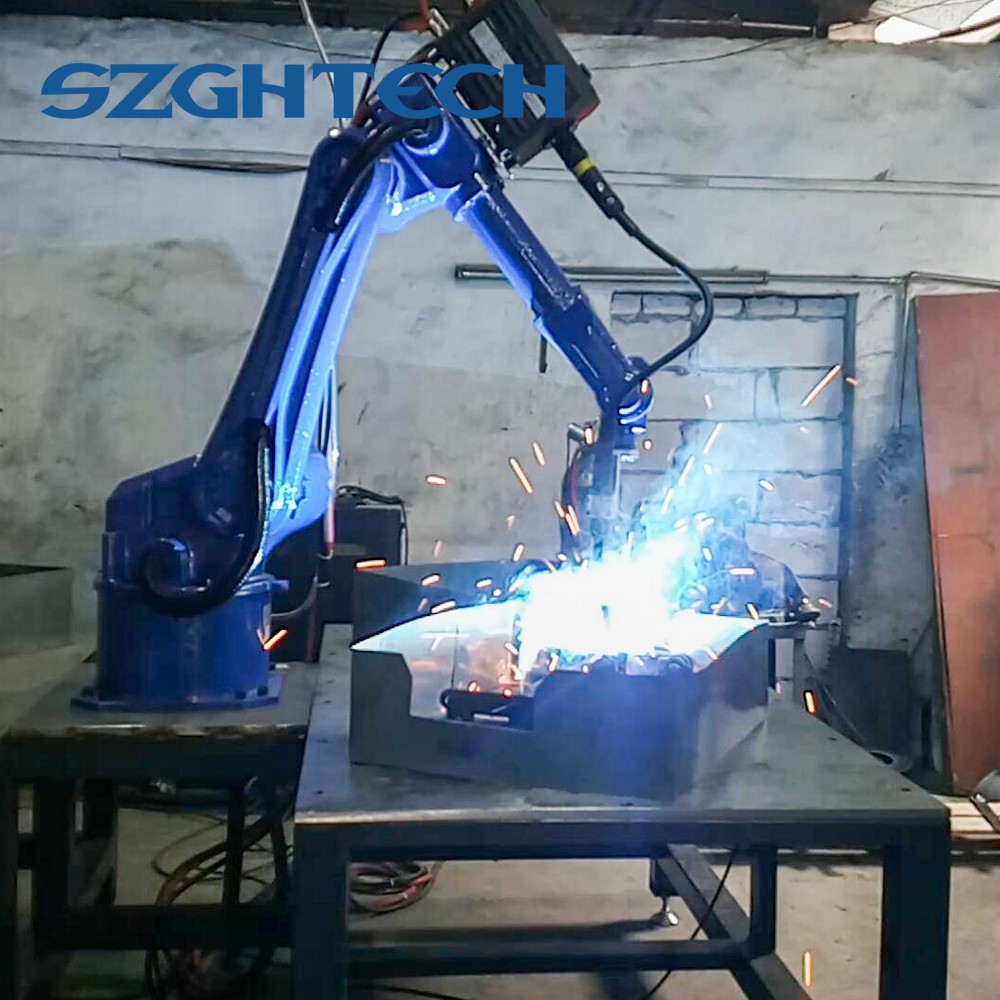1. Keep 1/4-3/8 inches of welding wire elongation (the length of welding wire extending from the welding torch head);
2. Use small-diameter welding wire when welding thin plates; use large-diameter and high-current welding machines when welding thick plates. View the specific performance recommended by the welding machine;
3. Use the correct welding wire to weld the workpiece. Stainless steel wire welds stainless steel, aluminum wire welds aluminum, and steel wire welds steel;
4. Use the correct protective gas. Carbon dioxide is very suitable for welding steel, but it may be too hot for welding thin plates. A mixture of 75% argon and 25% carbon dioxide should be used to weld thinner materials. Welding aluminum can only use argon. You can also use 3 gas mixtures (Helium + Argon + Carbon Dioxide) when welding steel;
5. To achieve the best effect of controlling the weld bead, the welding wire should be kept directly aligned with the joint edge of the molten pool;
6. When the welding operation is in an abnormal position (vertical welding, horizontal welding, overhead welding), the molten pool should be kept small to achieve the best control of the weld bead, and the smallest diameter welding wire should be used as much as possible;
7. Make sure that the size of the welding wire you use matches the set of nozzles, liners, and driving rollers;
8. Frequently clean the torch liner and driving rollers to keep the torch mouth free of splashes. Replace the torch if it is clogged or the wire is not feeding smoothly;
9. Try to keep the welding torch straight when welding to avoid wire feeding problems;
10. When welding, use both hands at the same time to ensure the stability of the welding torch, and do so as much as possible. (This also applies to electrode welding, TIG welding and plasma cutting);
11. Adjust the tightness of the welding wire reel and driving roller of the wire feeder to just enough to feed the wire, not too tight;
12. When the welding wire is not in use, keep it in a clean and dry place to avoid contamination and affect the welding effect;
13. Use DC reverse polarity DCEP power supply;
14. The dragging (pull) welding gun technique can obtain deeper penetration and narrower weld seam, and the push gun technique can obtain shallower penetration and wider weld seam.


